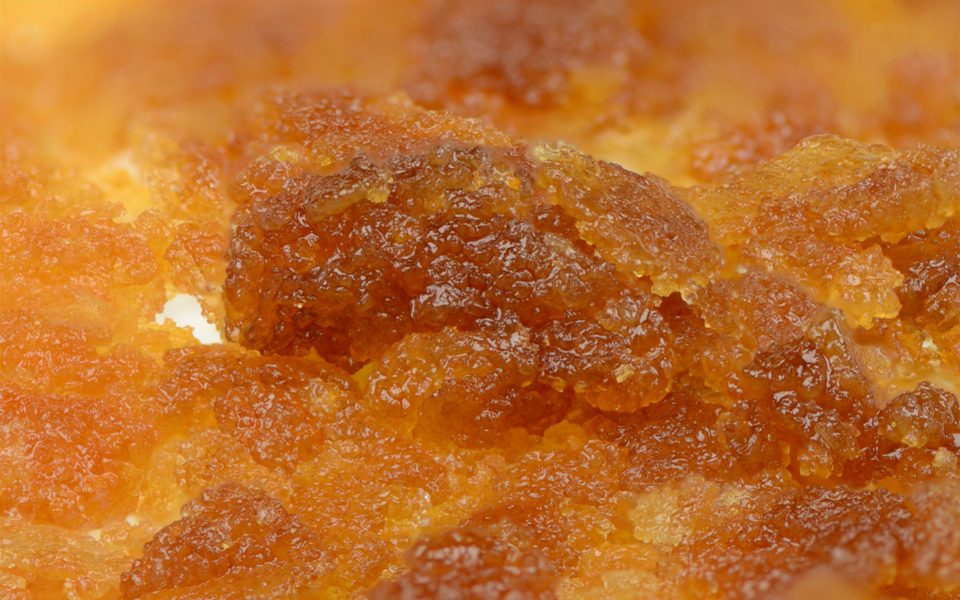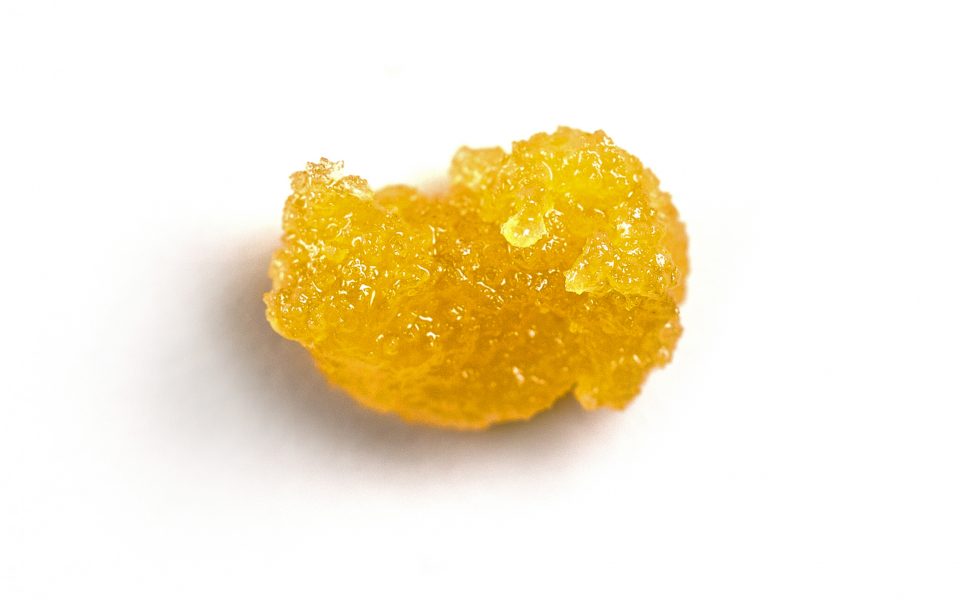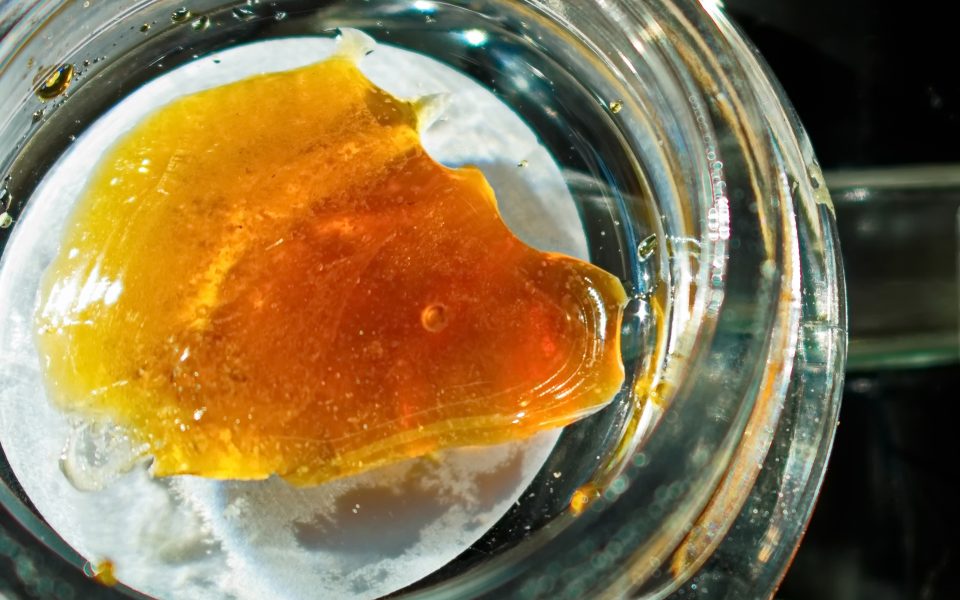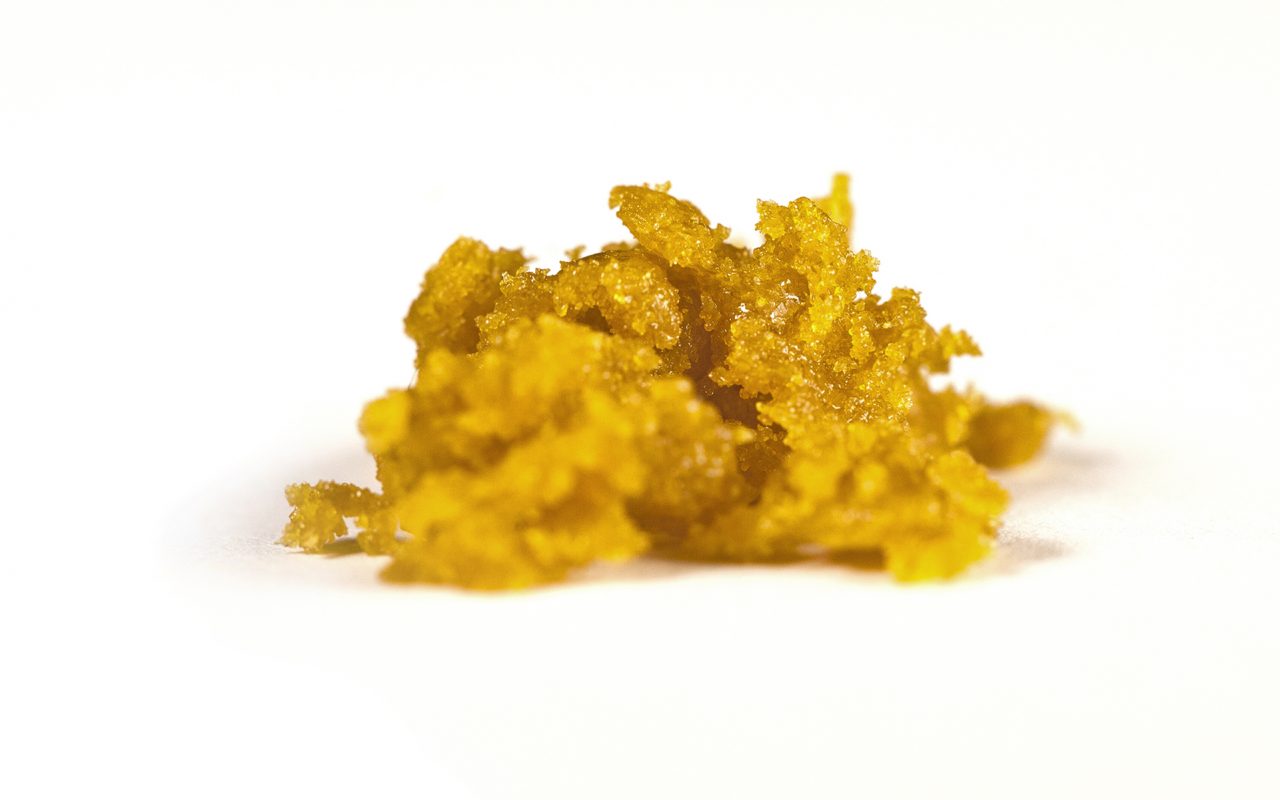Getting up close and personal with a fully mature, living cannabis plant is somewhat of a transcendent experience. The bouquet of aromas captured in a single sniff off a living bud will completely redefine your expectations of the relationship between cannabis flowers and their many complex fragrances. However, facilitating a translation of these distinct flavors and aromas into a consumable product is easier said than done.
Once a cannabis plant has been harvested, the myriad of intermediary processes between when the shears touch the stalk and when you consume the final product has the potential to all but completely eliminate those valuable flavors and aromas. To add fuel to the fire, many cannabis extraction techniques intentionally purge these elements, leaving the consumer with an odorless concentrate completely void of the “essence” it once carried.
How is it possible to capture the flavors and aromas from a living plant and bring that experience to the cannabis consumer? The answer is with “live resin” concentrates.
What is Live Resin?

The drying and curing process that a cannabis plant typically undergoes can have a devastating impact on terpenes, the flavorful factory molecules present within the trichomes that line virtually every corner of a mature cannabis flower and its surrounding foliage. With cured concentrates, the cannabis plant is allowed a certain amount of time to wick itself of moisture and chlorophyll before the extraction occurs. During this time, trichomes are subjected to conditions not conducive to terpene preservation. Interactions such as increased exposure to heat, oxygen, physical agitation, and light all play a role in degrading terpenes.
However with live resin, the plant is flash frozen immediately following harvest and kept at freezing temperatures throughout the extraction process.. By doing this, the cannabis plant retains its valuable terpene profile, thus retaining the plant’s original flavor and fragrance that can then be carried over into the final product. (Learn more about live resin extraction in Episode 1 of our “The Art of Extraction” series, and explore how other concentrates are made in other episodes as well.)
Where Did Live Resin Originate?

Together, these two were able to develop methods capable of extracting concentrates laden with very high levels of terpenes, on average much higher than the extracts produced using cured resins.
What Makes Live Resin Different from Other Concentrates?

What Distinguishes Live Resins from One Another?

Products that are labeled as live resins can often differ in viscosity, ranging anywhere between saps to sugars, jellies, butters, and even more solid shatters. While terpene concentration can play an effect on viscosity, oftentimes products are mechanically altered post-extraction, such as when viscous saps are “whipped” into butters.
Another common misconception with live resins is the complexity of their terpene profiles. There are over 100 identifiable terpenes found in cannabis plants, all ranging in molecular weight and structure. Many live resins only contain blowouts of certain lighter monoterpenes such as aspinene and myrcene compared to their flower counterpart.
These extracts, in many cases, lack the existence of many other less prevalent varieties of terpenes, which can have an impact on the flavor and effects. Variations occur in part due to the fact that some extraction processes fail to capture these terpenes. However, this is also largely influenced by the terpene profile of the starting material being used. A concentrate, no matter how it has been extracted, is only as potent and palatable as the cannabis plant (including which parts) it came from. Extracts utilizing the whole plant can often have a more complex profile of terpenes than those utilizing only the fresh frozen flowers.
Live resins have come quite a long way since their Colorado inception. As recently as a few years ago, they were an enigmatic and rare product only found in certain connoisseur markets at premium prices sometimes exceeding $100 per gram. Although live resins are still sold at a higher premium than other concentrate products, namely BHO’s, nowadays live resin prices are much more accessible and affordable, with most dispensaries carrying some variation.
As the market for cannabis concentrates continues to demand more flavorful options that offer a more complex experience, live resins will continue to become more available to the consumer. After all, enjoying a concentrate that remains loyal in fragrance to the flower it came from is a truly remarkable experience.
credit:420intel.com






